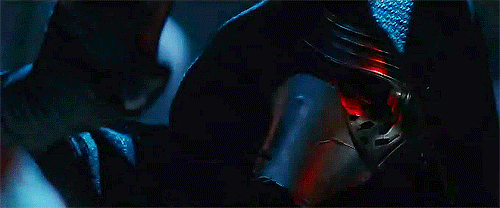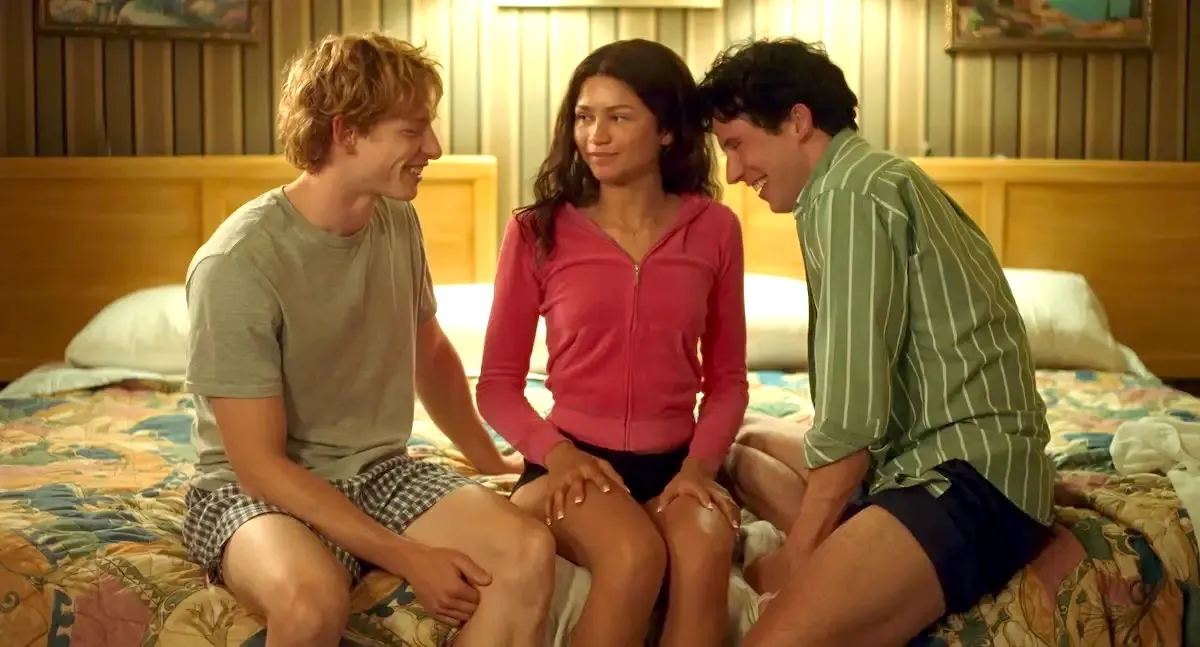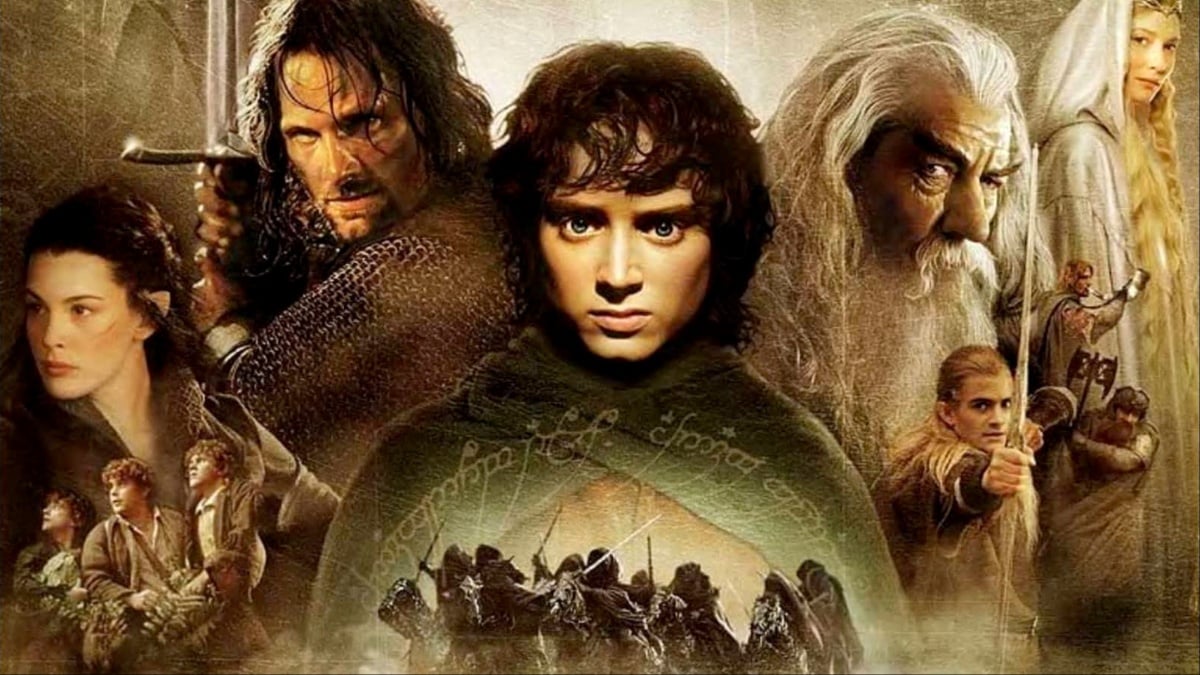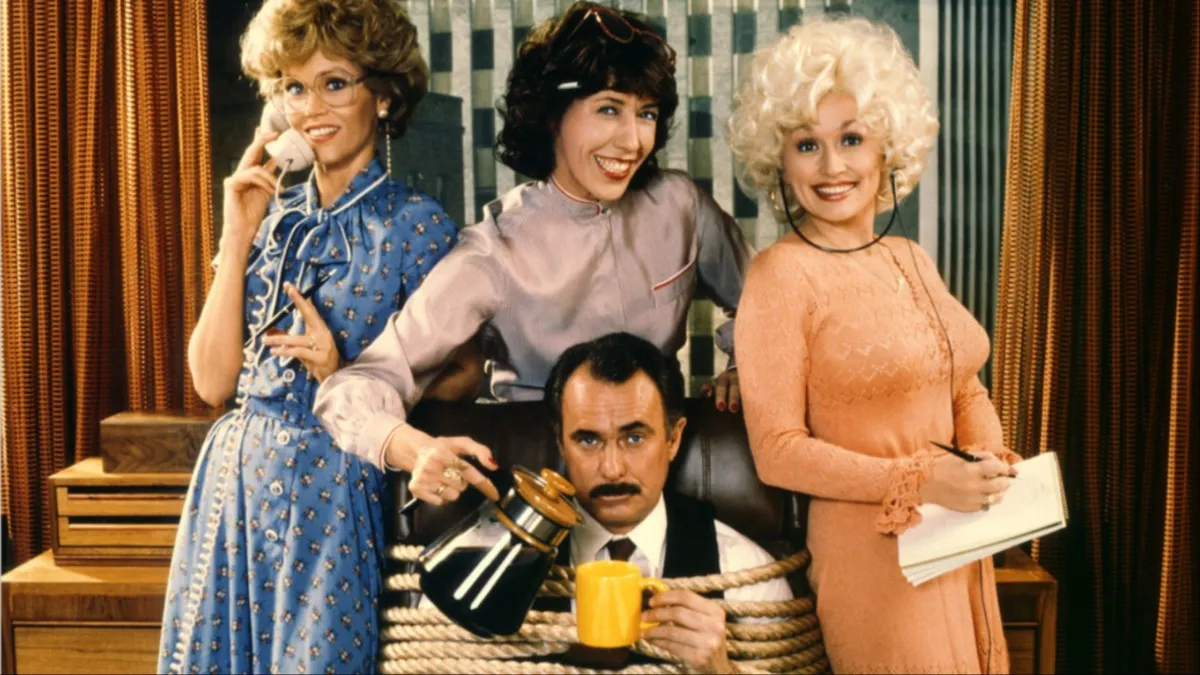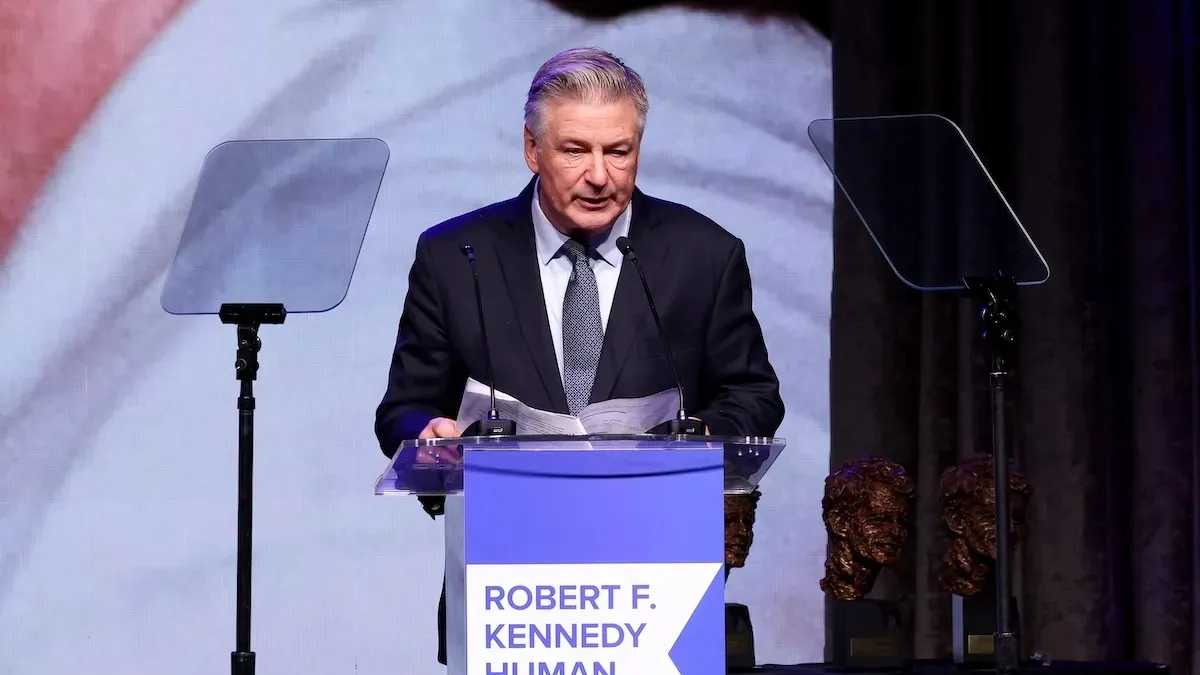Matthew Wood, supervising sound designer for Star Wars: The Force Awakens, has worked for Lucasfilm for 26 years — so he has a lot of familiarity with the Star Wars sound catalog. In addition to working on the prequels, Clone Wars, and Star Wars Rebels, Wood also took part in sound-designing the Blu-ray remastered editions of Episode IV, V, and VI — which was a much more difficult project than you’d think.
Because most of the original trilogy’s audio “wasn’t usable” due to having been recorded in a standard format, Wood and his fellow sound designer David Acord had to re-map all of the sound effects for the trilogy using Lucasfilm’s audio library. Wood explained to the Daily Dot,
[We] had to build that movie from scratch from the original tapes and units in very small segments to get it back into shape. We spent almost a year on that project, getting that track built, so it would sound like the fans would remember it sounded, yet it would still be expanded for the dynamic soundstage of Blu-ray in 2011. We had to go through that film with a fine-toothed comb and find every single sound effect, which was a great history lesson for both Dave and I, that we both knew was preparing us for the future, obviously, and also paying homage to our past as children.
That project did end up “preparing” the duo for multiple Star Wars projects to come, all of which would require a full literacy with the sound effects available. The Force Awakens in particular was meant to feel like “an extension of what was made with those classic movies,” per J.J. Abrams’ directive. “Sound was an opportunity to do that, because it’s the emotional thread.” Speaking of emotional threads, spoilers for The Force Awakens follow in the rest of this article!
Here’s one example of an old-school effect from the original trilogy that got re-used in The Force Awakens, thanks to Wood’s extensive familiarity with the Lucasfilm sound effect library:
There was one sound—when Poe is flying around on the inside of the oscillator trying to blow it up from the inside out, I tried to find the proton torpedo [sound for] when he’s blowing up [Starkiller Base], to have this [imitates proton torpedo] kind of sound. I really wanted to make sure those got in, because that was something from my childhood. I remember when Luke does that run, where he tries to take out as much as he can in the trench run, that was that sound that I always loved. So we tried to get that in there.
The Force Awakens also required the sound designers to invent some completely new sounds that would still seem as though they could fit within the existing canon, such as the sound of Kylo Ren’s lightsaber. David Acord explained:
It’s not like any other lightsaber we’ve ever heard. But it doesn’t stand out so much that it’s [like], ‘Is that actually a lightsaber?’ … it’s got a very jagged, rough sound to it; it’s a very raw sound. And the flourishes, it just sounds like this thing is going to come unhinged. It just sounds really rough and raw to me.
Meanwhile, Wood got tasked with deciding how Adam Driver’s voice would sound behind his Kylo Ren mask:
I was able to work with Adam Driver really directly and build the process for how his voice was going to sound in that mask. We built [it] in sound design and actually took it to Adam and got him to play with it. He could hear the process of his voice through the mask as he was doing it live, so we could use it like an instrument and play on it. So you could get these really creepy performances of him playing a very intimate recording right up on the mic. And yet it has this distorted, otherworldly feel through the mask, so it still keeps [dialog] intelligible. That mask’s sole function is to intimidate. It’s not keeping him alive like it [was for] Darth Vader; it’s just a mask of intimidation. We really wanted to work with that.
Both Matthew Wood and David Acord separately chose the “Force-off” intimidation scene between Kylo Ren and Rey as their favorite sound design moment in The Force Awakens. Wood summed it up as follows:
If you were standing as an observer in the room, you wouldn’t be hearing the sounds that you’re hearing in the film. What you’re hearing is what’s going on in the characters’ minds. You feel this low frequency coming from Kylo Ren as he’s trying to scour Rey’s brain to get the information out about the map. And then, as Rey starts to fight back, you hear her Force tones come in in the absence of the low. And then the breathing that we recorded in there from the actors, and then the rattling of the foley from the chair—it’s a very tense scene, and a lot of it is done with sound.
Speaking of Rey’s newfound Force powers, apparently Daisy Ridley ended up re-doing her lines during the pivotal scene in which she orders a Stormtrooper (played by Daniel Craig, don’tcha know) to “remove these restraints and leave this cell with the door open.” In the original take, Daisy Ridley delivered all of those line repetitions with a sense of confidence, but that ended up getting changed in post:
That line—she says it three times, I think. And she had played it very strong from the beginning. She just was confident that she was going to do that from the very beginning. We were like, well, it might be a nice thing to have her kind of feel this inside of her, like, “I don’t know why I’m being compelled to say this, but I’m going to do it anyway,” enough for her to verbalize it. We wanted the first couple of appearances of that to be different. So she came in, and we worked on it to try to give her a trepidacious read of those lines, and it totally fit … it actually really helped build that character from feeling scared about what she was saying to building confidence. So the very last time she says it in the film is how she performed it on the set. That’s the actual original recording.
One more Easter Egg: remember the “Techno Union” character from the prequels? (Who could forget him???) Anyway, his name is Wat Tambor, and apparently Wood put in “a Wat Tambor-type sound” during the scene in which Rey trades with Unkar Plutt, because one of the background characters looks like he’s a member of the Techno Union. Did anybody notice that? How about any of these other audible Easter Eggs?
(via The Daily Dot, image via Slant News)
—Please make note of The Mary Sue’s general comment policy.—
Do you follow The Mary Sue on Twitter, Facebook, Tumblr, Pinterest, & Google +?



